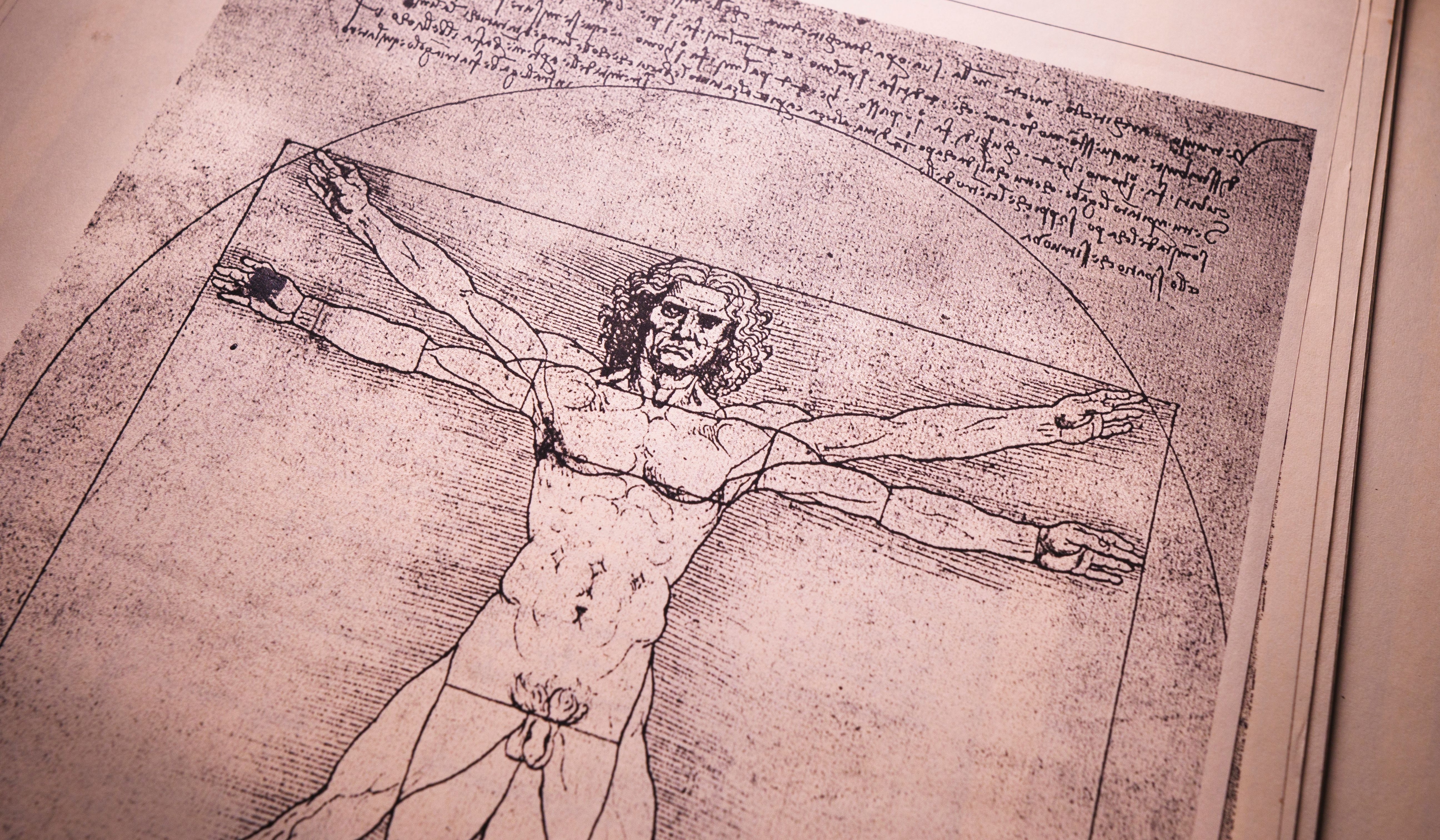Leonardo da Vinci – the artist, scientist, and archetypal polymath of the Renaissance – may still have descendants living among us. In a new book, researchers from the Leonardo DNA Project have put together the clearest view yet of the late genius’s family tree and even claimed they have found six of his living family relatives through genetic analysis.
Naturally, bold claims like these require bold evidence, so it’s wise to take these tantalizing assertions with a pinch of caution.
The book – Genìa Da Vinci. Genealogy and Genetics for Leonardo’s DNA – by Alessandro Vezzosi and Agnese Sabato of the Leonardo da Vinci Heritage Association documents an elaborate family tree of da Vinci tracing back nearly 700 years, spanning 21 generations, and involving over 400 individuals.
By delving deep into historical archives, the researchers were able to reconstruct long-lost branches of Leonardo’s family tree. In doing so, they identified 15 living male-line descendants linked to both his father and his half-brother, Domenico Benedetto.
For the next phase, the researchers turned to DNA analysis. David Caramelli, who heads the Leonardo DNA Project and leads the Biology Department at the University of Florence, teamed up with forensic anthropologist Elena Pilli to test the genetic material of six of these men.
Remarkably, all six shared matching segments of the Y chromosome, the marker passed down through the male line. This, they say, confirms that the da Vinci male lineage has remained genetically unbroken for at least 15 generations.
Many beautiful images are attributed to da Vinci, but the Vitruvian Man is one of the most iconic.
Image credit: Wirestock Creators/Shutterstock.com
Bear in mind, the work is not peer-reviewed research, and the full contents of the book have not yet been published (it’s being revealed to the public at a presentation on May 22, 2025).
Confirmed DNA from Leonardo da Vinci himself has never been identified. The team analysed bone fragments that were recovered from a tomb in the Church of Santa Croce in Vinci, believed to contain some of Leonardo’s relatives, including his grandfather Antonio, uncle Francesco, and several half-brothers: Antonio, Pandolfo, and Giovanni. Just one of these specimens has undergone a preliminary genetic analysis, which forms the basis of the new book.
“Further detailed analyses are necessary to determine whether the DNA extracted is sufficiently preserved. Based on the results, we can proceed with analysis of Y chromosome fragments for comparison with current descendants,” Caramelli, who is also President of the University Museum System, said in a statement.
Furthermore, the characters identified in the book after da Vinci’s death are unlikely to be direct descendants of Leonardo himself, as he is not believed to have had any children. Historians and biographers widely speculate that he was homosexual. In 1476, when Leonardo was 23 years old, court records show he was accused of sodomy, but the case was dismissed due to insufficient evidence.
While this doesn’t totally rule out the possibility of him having offspring, it does make it more unlikely, plus there’s no written evidence that this is the case. However, we do know that Leonardo did have a hell of a lot of half-siblings, including 22 half-brothers by some accounts, which leaves some room to snoop around his family tree and trace whether living relatives are still around today.
Da Vinci died in 1519 CE, 350 years before DNA started to be identified and over 450 years before the first full DNA genome was sequenced. Nevertheless, his work shows that he had a keen interest in biology and the possibility of heritable traits.
“Leonardo questioned the origins of human life not only biologically: in his studies on generation, conception becomes a complex act where nature, emotion, and fate intertwine – anticipating themes now central to the genetics–epigenetics debate,” explained Sabato.
If he were still around today, it’s safe to say he’d have an interest in this project.
“Our goal in reconstructing the Da Vinci family’s lineage up to the present day, while also preserving and valuing the places connected to Leonardo, is to enable scientific research on his DNA,” remarked Vezzosi. “Through the recovery of Leonardo’s DNA, we hope to understand the biological roots of his extraordinary visual acuity, creativity, and possibly even aspects of his health and causes of death.”
Source Link: Six Living Relatives Of Leonardo Da Vinci Have Been Identified Using DNA, Claims New Book
